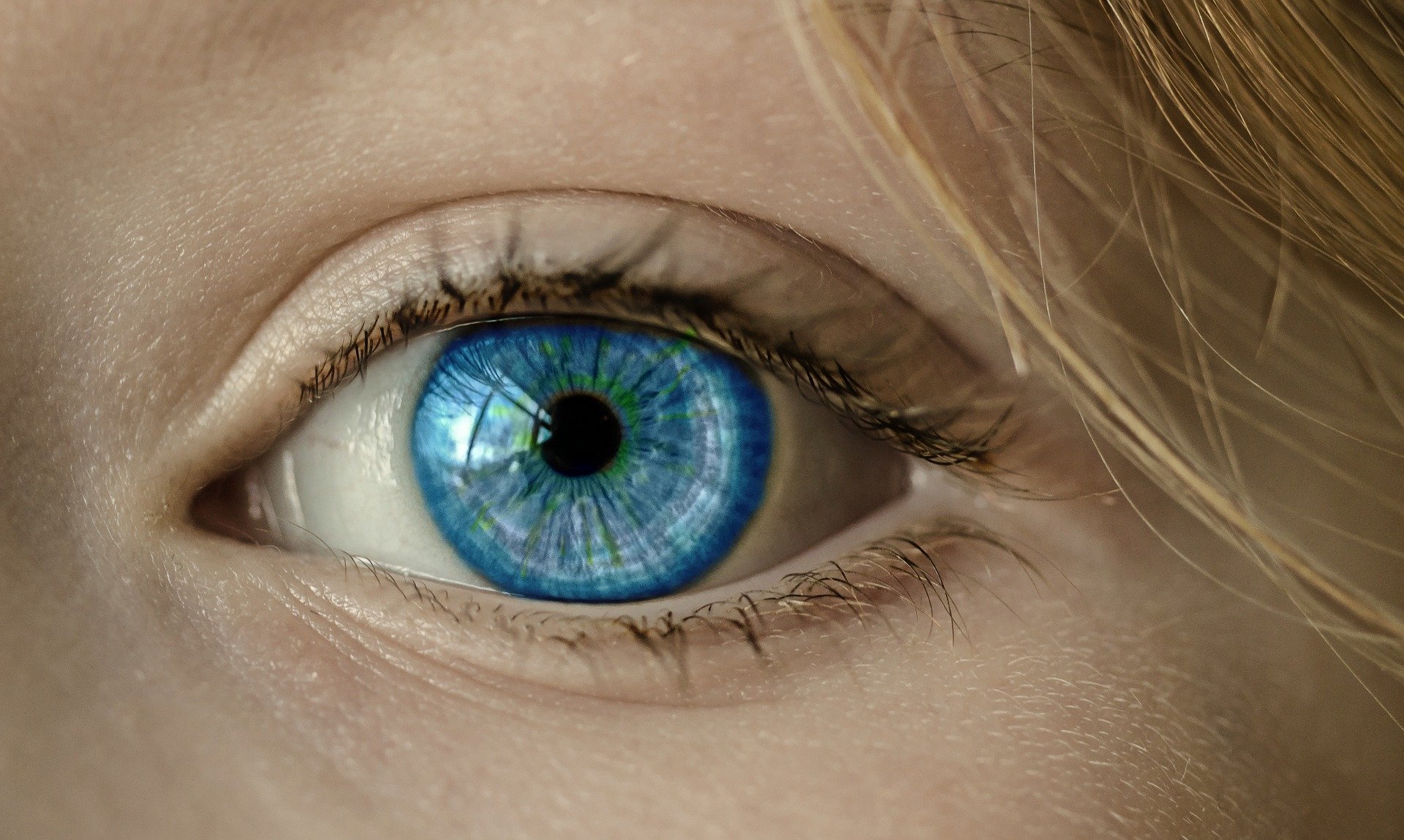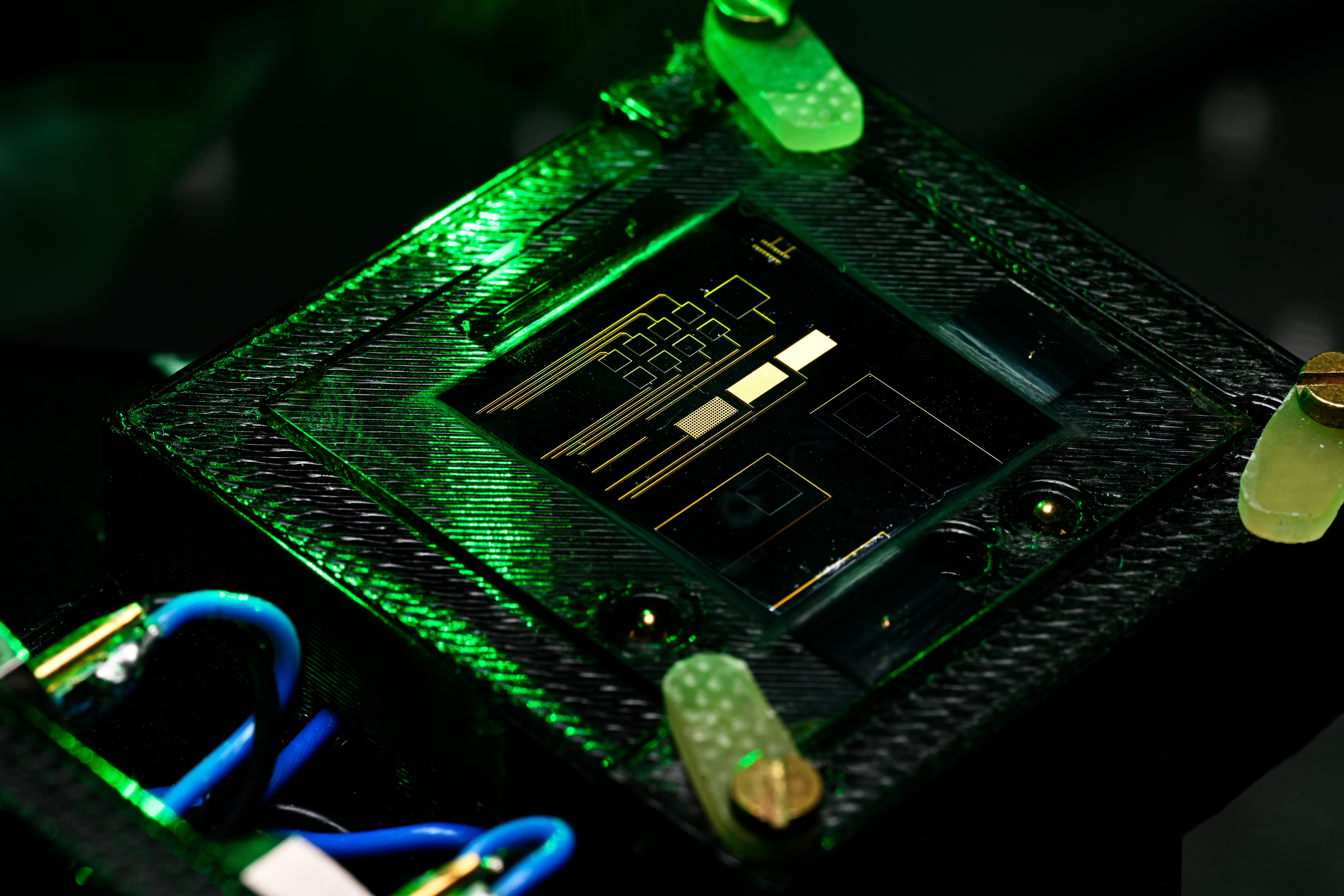
The innovative Chemelot InSciTe institute based in the Netherlands is working on three promising projects to treat or prevent eye diseases. InSciTe is collaborating with universities and companies in these projects, including several international partners. Within a limited timeframe, InSciTe is striving to achieve major milestones in the fight against visual impairments and blindness.
SEAMS
Through the SEAMS project, Smart, Easy and Accurate Minimally Invasive Glaucoma Surgery, researchers are developing a new implant for glaucoma patients. Glaucoma is currently being treated with eye drops, laser surgery or operations that do not always deliver satisfactory results. For example, the materials currently used in Minimally Invasive Glaucoma Surgery (MIGS) are not yet ideal, according to researchers from the project.

Glaucoma is an eye disease whereby the nerve is damaged by increased pressure inside the eye. It is one of the most common eye diseases in people over the age of forty. Patients with glaucoma only notice that something is wrong when edges of the field of vision disappear. In the beginning, the brain fills in these gaps itself, so that the patient will not notice that their vision is affected until an even later stage. Any loss of vision cannot be reversed.
MIGS
Maastricht University Medical Center+ (Maastricht UMC+), Eindhoven University of Technology (TU/e), and Innfocus (A Santen Company) are combining their knowledge and facilities in this project to develop this implant.
Filip Maes, Project Manager of Biomedical Projects at Chemelot InSciTe: “When medication and lasers don’t work, glaucoma operations are then performed. Doctors cut out a square in the cornea, a kind of hatch, which allows fluid to escape from the eye. The fluid discharge is difficult to control and the operation often entails a lot of complications. MIGS was developed at one point as an alternative.”
“During this kind of surgery, the specialist places a small tube in the eye. This tube controls the amount of fluid in the eye and is less invasive than the previous surgical procedure. This treatment has been developed relatively recently. The implants currently used in MIGS still present a number of complications. The SEAMS project uses this concept to advance the development of these implants with the use of better materials and an improved design.”
Tube
Filip Maes: “Using the tube that is currently under development, the specialist will be able to control the fluid in the eye even better. One way to do this is by releasing a certain type of external stimulus onto the tube, causing the tube to expand or shrink. This enables a greater or lesser amount of fluid to be released and an optimal balance can be sought for each patient.”
Implants that are currently in use are often made of medical silicone. These regularly cause inflammations and fibrosis. Fibrosis is the formation of scar tissue. The project uses a new material that is more compatible than the one presently in use. This material is already being used in open-heart surgery, among other things.
ISEA
When standard treatments in patients with glaucoma do not succeed, vision can deteriorate even further. The ISEA project, Innovative Surgeries for Eyes with Advanced Glaucoma, has also been set up to help these patients.

“In the ISEA project, we are looking at patients for whom none of the treatments work. We are developing a new type of tube for these patients which the eye tolerates even better. The tube can be inserted more firmly into the eye by attaching an endplate to the tube. Then it is less likely to be rejected by the eye,” Maes explains.
Dispensing medication
The SEAMS project is also developing a dispensing system that releases anti-fibrosis medication. Filip Maes: “The great advantage of this is that when a patient receives an implant, they immediately receive the medication as well. Previously, eye drops were always used for this, but they never yielded optimal results. We can solve that with this dispensing system. The system will administer medication during the first months. This medication prevents scar tissue from forming.”
EYESCITE
Every year, millions of patients with corneal diseases do not qualify for a cornea transplant that could cure blindness. This is due to a global shortage of donor tissue. The EYESCITE project combines techniques of stem cell technology, regenerative drugs, and biomaterials to create artificial lenses and corneas. This would resolve the shortage of donor tissue.
A number of companies and institutes are taking part in the project. The project partners include Maastricht University, Maastricht UMC+, DSM, IME technologies, Suprapolix, and ETB- BISLIFE.
Filip Maes: “The EYESCITE project is one of InSciTe’s largest and most complex projects. At the moment, patients with corneal diseases are dependent on the availability of corneas from human donors. There is a significant shortage of these.”
“It is also true that donor cornea often comes from older people, which means that this tissue is no longer in an optimal state. Researchers in this project have looked into whether they can produce cornea cells outside of the body. We have set up a partnership with ETB-BISLIFE, a major cornea donor bank in the Netherlands and the surrounding area. They supply the corneas that we use for our research.”

Work package one
The project consists of four work packages that lead to four different products. The knowledge that each of the work packages provides is necessary for the next steps.
The first work package has already been finalized. The goal was to have corneal cells reproduced outside of the body. This was a difficult process for the researchers because these cells do not often replicate inside a cornea. There is a high risk that during the process the cells die off or exhibit strange behavior so that they are no longer usable. The consortium was successful and was the first in Europe to grow these cells outside of the body.
Product two
The second product concerns the development of an implant lens to treat myopia (short-sightedness). Material is being sought with which an implant can be made that will last a lifetime. This product is tested on the corneal cells produced in the first phase before they can be tested outside the lab facilities.
Product three
This product involves the development of a protective shield for the cornea. “If, for example, you have a scratch on your eye, it is in the epithelium of the cornea, the outer layer. Not much blood is involved here, so it takes a long time for this to heal. By using biodegradable material to make a kind of bandage over the eye, the cells can recover faster and more effectively.”
Product four
The fourth product focuses on the inner layer of the cornea, the endothelium. “Several types of diseases cause damage. The current method of treatment is that a plate with cells is placed around the damaged area. These cells then repair the damage. This is a complicated operation. Cells are taken from the patient themselves and these are attached to the plate in the hospital. In this phase, new material is being developed where the cells are already in place. All that remains to be done in the hospital is that this is inserted into the eye.”
Not only does Chemelot InSciTe work on projects related to eye diseases, but also on biomedical projects in the field of orthopedics and cardiovascular disease. An overview of all of their biomedical projects can be found on their website.
Also interesting:
From artificial lenses to stem cell techniques: these are the most important innovations in ophthalmology
Chemelot Campus Geleen is to become Europe’s largest recycling hub







